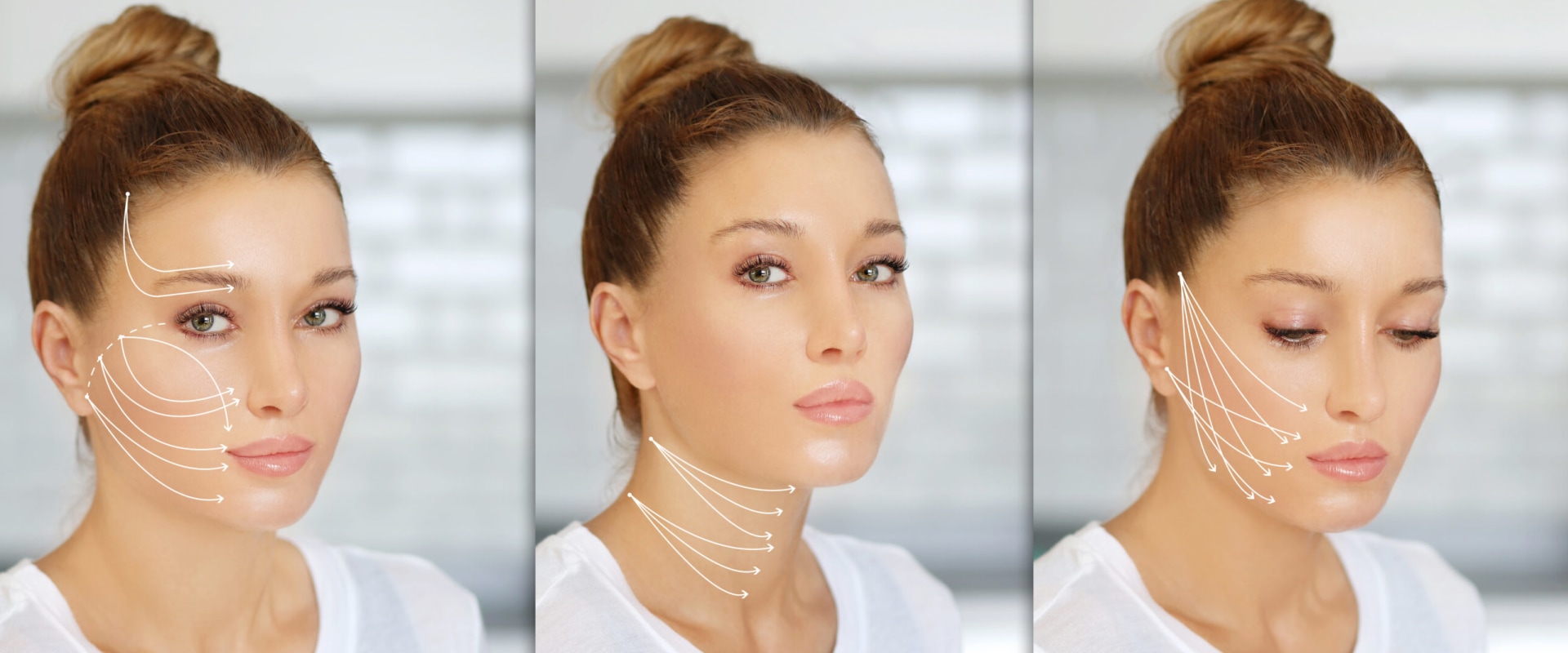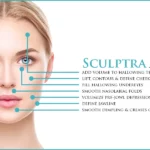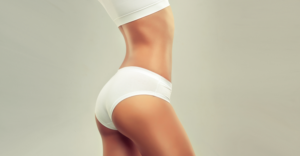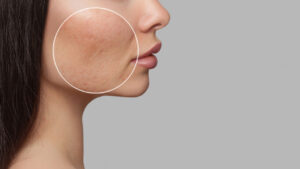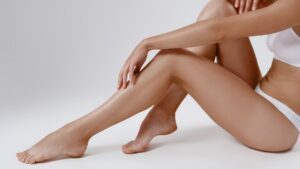Is thread lift good for facial ptosis?
The word “ptosis” in Greek means “drooping”. The most common reason women and even men resort to aesthetic medicine is gravitational ptosis of the face, which is one of the particular manifestations of biological aging of the whole organism. All people have gravitational ptosis of the face. For those who do not take care of their appearance, this “syndrome” is more obvious. Facial thread lift is one of the best nonsurgical treatments for facial ptosis.
What is gravitational ptosis?
It is the drooping of soft tissues under the influence of gravitational forces (gravity), which leads to a change in the oval and size of the face, and deformation of its contours. It has been established that after 35 years, collagen synthesis gradually decreases, which affects the ligamentous apparatus of the skin: superficial and deep ligaments become thinner and begin to perform their supporting functions not as well as they used to. This, in turn, inevitably leads to movement and sagging of tissues.
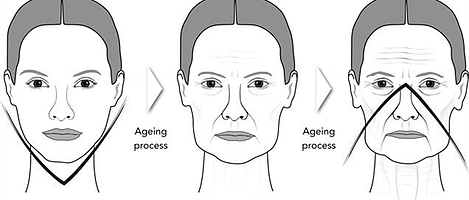
In addition, with age, the muscles of the face, especially the lower third part, become prone to constant tension (hypertonicity), which leads to the drooping of the corners of the mouth and does not allow counteracting the force of earth’s gravity.
After 45-50 years, the phase of age-related issues such as bone thinning, including the skull, begins. The places of attachment of the skin ligaments to the bones change, and the “support points” are lost. This also leads to ptosis.
What parts of the face can be prone to ptosis
Depending on the type of aging and many factors associated with the structure of the face, and the mimic activity, signs of ptosis can be more or less pronounced in different parts of the face:
Eyelids ptosis and eyelids thread lifting
It is no coincidence that the first signs of age-related ptosis are observed in the area of the upper eyelids. There are many prerequisites for this: the physiological structure of the skin in this area (thin tissues and loose structure of subcutaneous adipose tissue, which readily accumulates fluid), high activity of the circular muscle of the eye, as well as the facial muscles of the eyebrows and forehead.
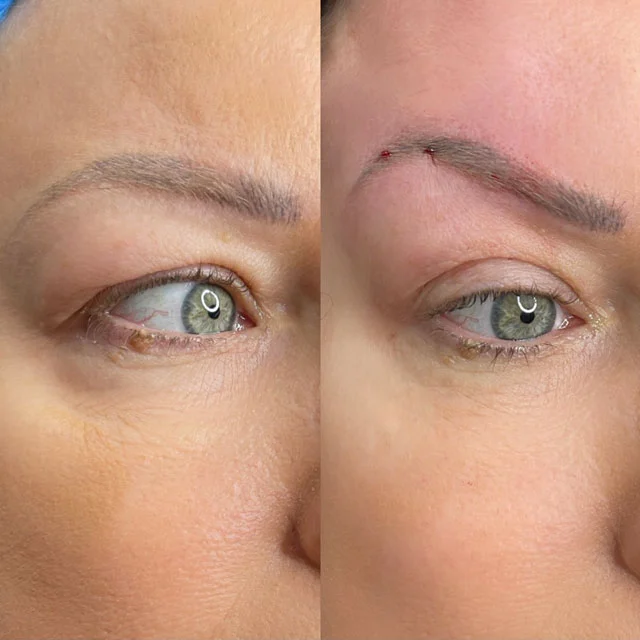
A thread lift can make the eyes pop and look less droopy and tired. Inserting threads in strategic parts of the face in the area around the eyes will give you an overall lift and definition that will make the eyes pop.
Forehead ptosis and forehead thread lifting
The forehead area is connected with the aponeurosis (wide tendon plate) of the head, with the temporalis muscle, with the muscles that lower and raise the eyebrows, and with the area of the upper eyelids. Due to tissue swelling caused by a slow outflow of fluid, muscle imbalance (some are too relaxed, others, on the contrary, are hyperactive), gravity and age-related decrease in skin turgor, forehead tissues descend.
Moreover, this often happens unevenly, depending on the individual characteristics of facial expressions and the structure of the face, hence the pronounced asymmetry that we observe on older faces: for example, uneven position of the eyebrows, and different eye sizes.
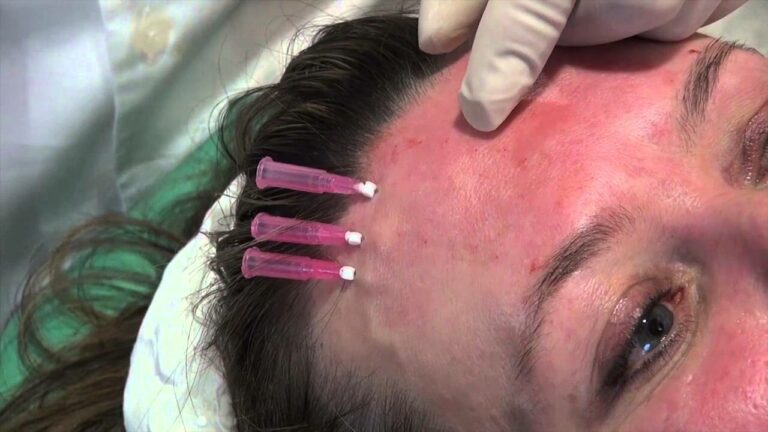
A PDO thread lift will elevate the forehead in strategic areas to smooth out wrinkles and give you a younger look. Thread lifts can be used instead of Botox, or in combination with this treatment.
The aesthetician will guide you as to the best options for your individual skin, depending on how and where in the face you are aging.
Cheeks ptosis and cheeks thread lifting
The heavy and at the same time flaccid tissues of the cheeks also sink, drawn by the inexorable force of gravity. Blood circulation and lymph flow slow down over the years, aggravating the situation.
A PDO thread lift on cheeks is a non-surgical facelift where facial skin is lifted and tightened using Polydioxanone (PDO) threads.
These threads are anchored and inserted into different layers of the skin using needles, instantly lifting and tightening sagging skin on the cheeks and face.
Nasolabial folds ptosis and their thread lifting
Their formation is associated not only with the loss of skin elasticity but also with the characteristics of the bite, and the position of the jaw. Therefore, nasolabial folds can often be observed on young faces. However, with age, the lines become longer and deeper, and change position, as if drawn to the center.
In this case, we are again dealing with a complex of reasons, including facial expressions, the position of the jaw, the work of the chewing muscles, and the circular muscles of the mouth. An important role in the formation of nasolabial folds is played by fluid stagnation, which accumulates precisely in the zone of the nasolabial triangle, where the lymphatic channels pass.
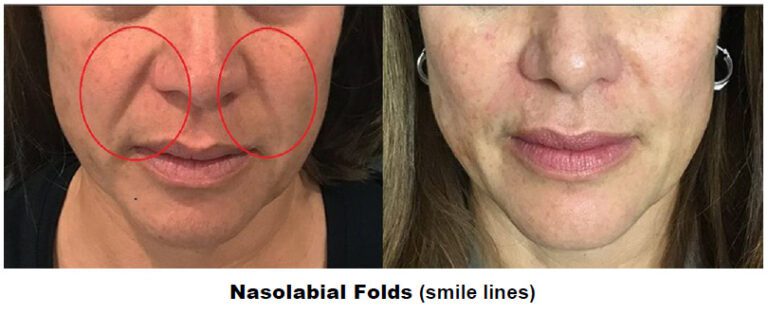
Rather than a stand-alone treatment, PDO thread lifting for the nasolabial folds is combined with thread placement across the lower face. Depending on where they are placed in the skin, they have a tightening and plumping effect.
Upper lip
The decrease in volume and thinning of the upper lip is not associated specifically with ptosis, this is another story – the result of the constant work of the circular muscle of the mouth, as well as the individual characteristics of a person’s articulation and the static tension of this zone (pursed lips).
This complex of reasons leads to a decrease in the area of the red border of the lips, and the thinner the lips by nature, the greater the severity of age-related changes.
Chin thread lifting
It is rather not about ptosis, but about the deformation of the chin. This area of the face is in a constant tone, and therefore, the muscles are shortened here, especially with the manner of pursuing the lower lip, lowering the corners of the lower lip down.
So beware of a contemptuous facial expression if you do not want to acquire puppet wrinkles at the same time. If we talk about such a phenomenon as a second chin, then the reasons for its appearance must be sought primarily in the position of the neck and posture.
A PDO thread lift can tighten loose skin on the neck and under the chin. By inserting the temporary sutures, reduces the appearance of your jowls and smooths out the wrinkles on your neck.
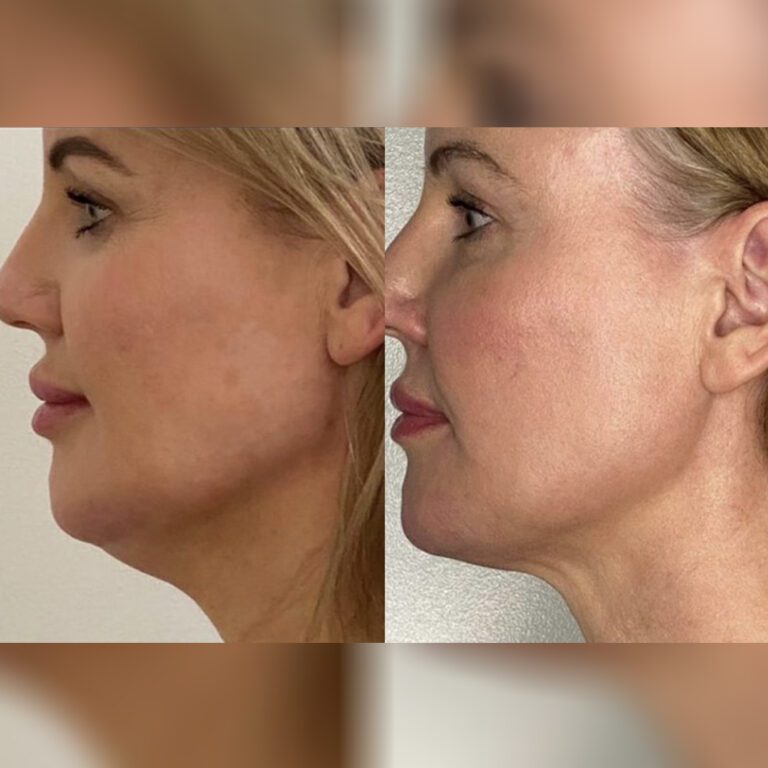
Neck ptosis and neck thread lifting
Ptosis of the neck and lower third of the face is directly related to posture and imbalance between the tissues of the back and front surfaces of the neck, and its lateral segments.
PDO thread neck lift offers a non-surgical solution to help with many age-related changes like sagging skin and an undefined jawline. The PDO neck thread lift is a safe, natural, non-surgical procedure that corrects the loose and sagging skin and wrinkles that occur in the neck.
There are three main stages of ptosis.
Stage 1 (25-30 years old)
At this age, the nasolabial fold and the nasolacrimal cavity appear. Dark circles and bags under the eyes may appear.
The corners of the mouth begin to gradually fall down. The contour of the lower jaw is not as clear as it was before.
Stage 2 (35-40 years old)
The contour of the face becomes more blurry. There is an overhang of the upper eyelids. The corners of the eyes drop.
A crease appears between the lower lip and chin. The tone of the tissues of the neck and face decreases. There may be a second chin.
Stage 3 (45-50 years)
Signs of gravitational ptosis increase, facial asymmetry may occur, and wrinkles, folds, furrows, and creases become much deeper.
How to deal with a sagging face with a thread lift
One of the most common problems for many women and men is ptosis. It can occur both due to age-related changes and be congenital. If plastic surgery is contraindicated, a thread lift will help eliminate this problem.
Thread lift is used to:
- tighten the skin of the face;
- remove the second chin;
- get rid of age wrinkles;
- round individual facial features.
Thread lift is considered one of the most gentle and effective ways to tighten various types of ptosis. This procedure does not require special preparation. It is only necessary to stop taking various supplements that can affect blood clotting. If you are taking serious medications, you should inform your doctor about your intentions, so that your doctor can advise you about the medications you are taking.
Dissolvable PDO (Polydioxanone) threads are safely inserted underneath the skin and are then tightened and pulled back, re-suspending areas that are sagging. This gives the skin a lifted, boosted, and rejuvenated appearance.
After a thread lift, hematomas, bruises, and pain may occur. All this completely disappears after 1-2 weeks from the date of the procedure. Follow all the instructions of the aesthetician for rehabilitation.
Many are interested in the duration of the thread lift effect. Immediately after the procedure, you can notice the first changes in the area that was subjected to thread lifting. The effect becomes more noticeable within 2-4 weeks. The results of the self-absorbable threads last for 1.5-2 years, and from non-absorbable threads – up to 5 years.

